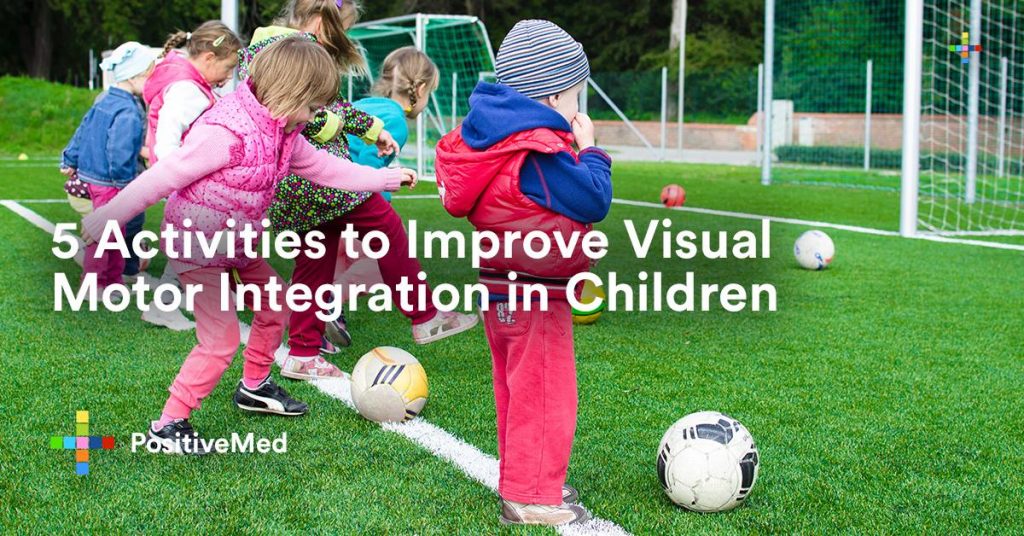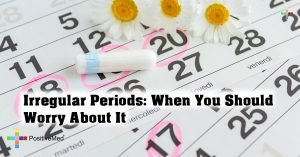The development of visual-motor integration in children happens gradually as their fine motor skills improve and they’re better able to adapt and react to objects that they see. For most children, their visual motor integration is normal and they are able to coordinate their visual perceptual skills with fine or gross motor function, or in other words, they can coordinate between what they see (visual input) and how they move to react to it (motor output).

A common name for this—though not all-encompassing—is hand-eye coordination, which is often referred to when children participate in various physical activities. The act of catching a ball, for example, relies on visual motor integration as an individual must be able to take the visual cue or seeing the ball coming towards them to then catch the ball.
While most children develop normal motor integration, some may fall behind their peers or face visual-motor integration impairment that affects their ability to successfully respond to visual cues and stimuli with motor function. When this happens it’s important to understand the severity of the impairment and to find a way to combat it to help the child’s integration improve.
Fortunately, there are many activities that will help improve visual motor integration, so that children will be able to respond to visual cues in a manner more normal for their age. They can be done in school, at home or with a professional clinician.
Related Link: The Secret to Smarter Children
Activities for Improved Visual Motor Integration
1. Cutting shapes with scissors – for children who struggle with fine motor skills, practicing following certain patterns with scissors is an excellent way to help them improve control over the hands. Start with simple shapes and then move up to more intricate designs.
2. Jumping games – have the child do
3. Origami – this paper isn’t just beautiful, but also requires deft hand movements to shape the paper correctly. By having children attempt to make simple origami designs they’re honing their fine motor skills while also learning to coordinate those skills with specific directions to achieve the desired end result.
4. Play Catch – but don’t rely on traditional balls like a baseball. Instead, try objects that are larger and softer, making the catching process easier and helping children to build hand-eye coordination and confidence in their catching ability. Plus, playing catch with different objects will also help children learn how to discern the right pressure needed to catch and throw various items.
5. Flashlight Tag – dim the lights in a room and shine a flashlight on the wall, moving in all different directions. Give the child their own flashlight and ask them to follow the movements of your flashlight on the wall. This helps improve eye tracking skills, gross motor skills, and their ability to respond in an appropriate amount of time to visual cues.
Clinicians working with patients who struggle with visual motor integration can often suggest and administer treatment that can improve these skills in children. To do so, they must properly evaluate the child to see if their visual motor integration is impaired and if it is how severely it’s affecting them. An accepted assessment for such an evaluation is the Beery VMI – Development Test of Visual-Motor Integration. This clinical assessment has been vetted for its ability to determine issues with visual motor integration in children as young as two. It consists of a geometric form-copying activity, where the subject attempts to copy shapes ranging from simple to more complex to determine their ability to integrate visual and motor functions and form a treatment plan for improvement if necessary. This assessment is ideal for psychologists, learning disability specialists, school counselors, teachers, and other professionals in related fields.







